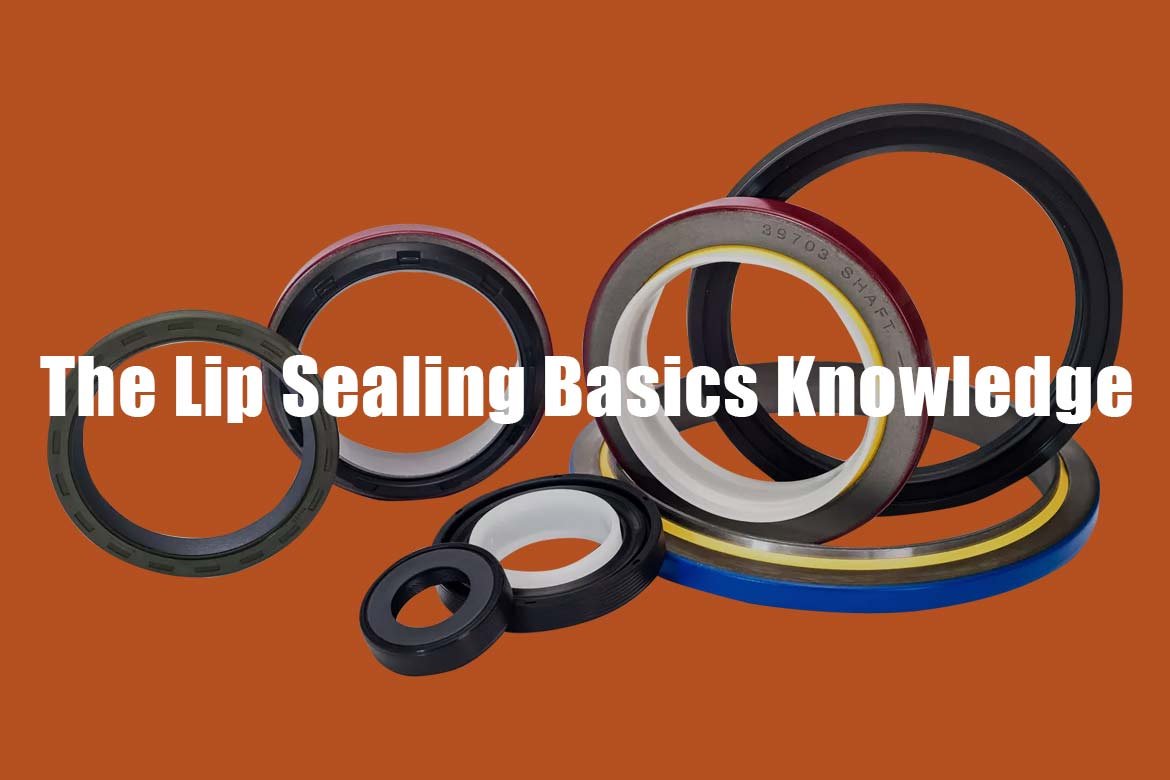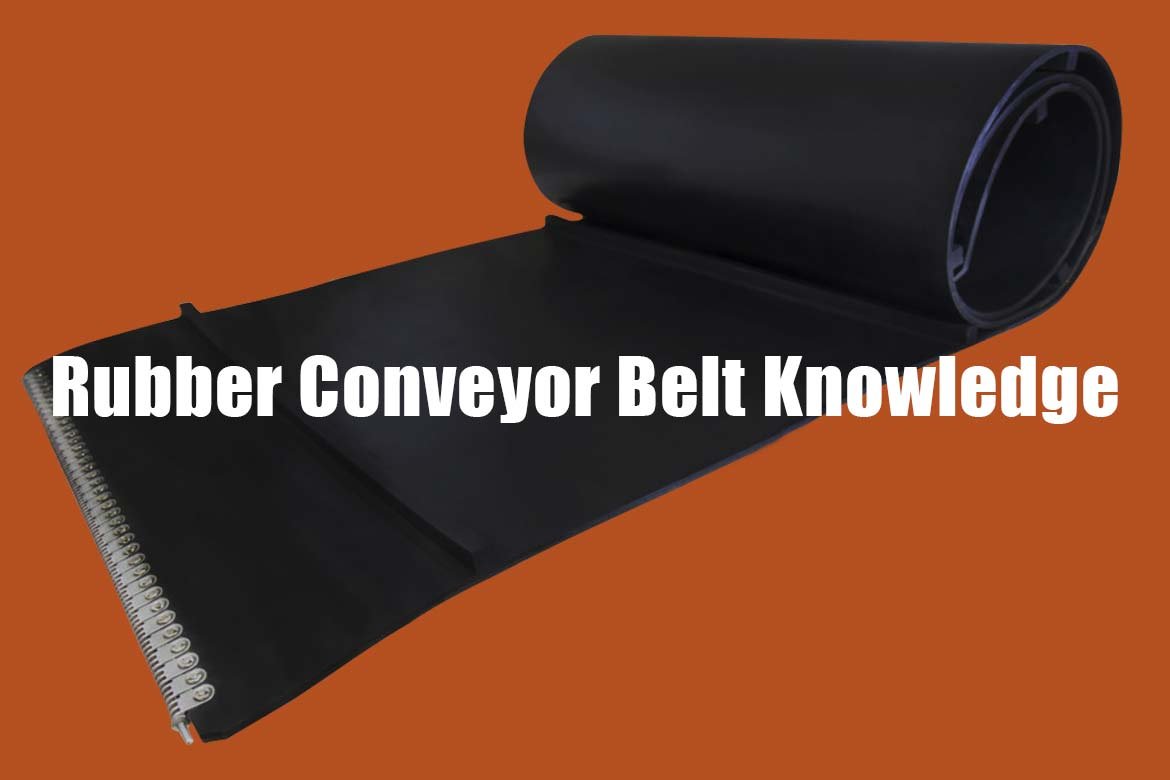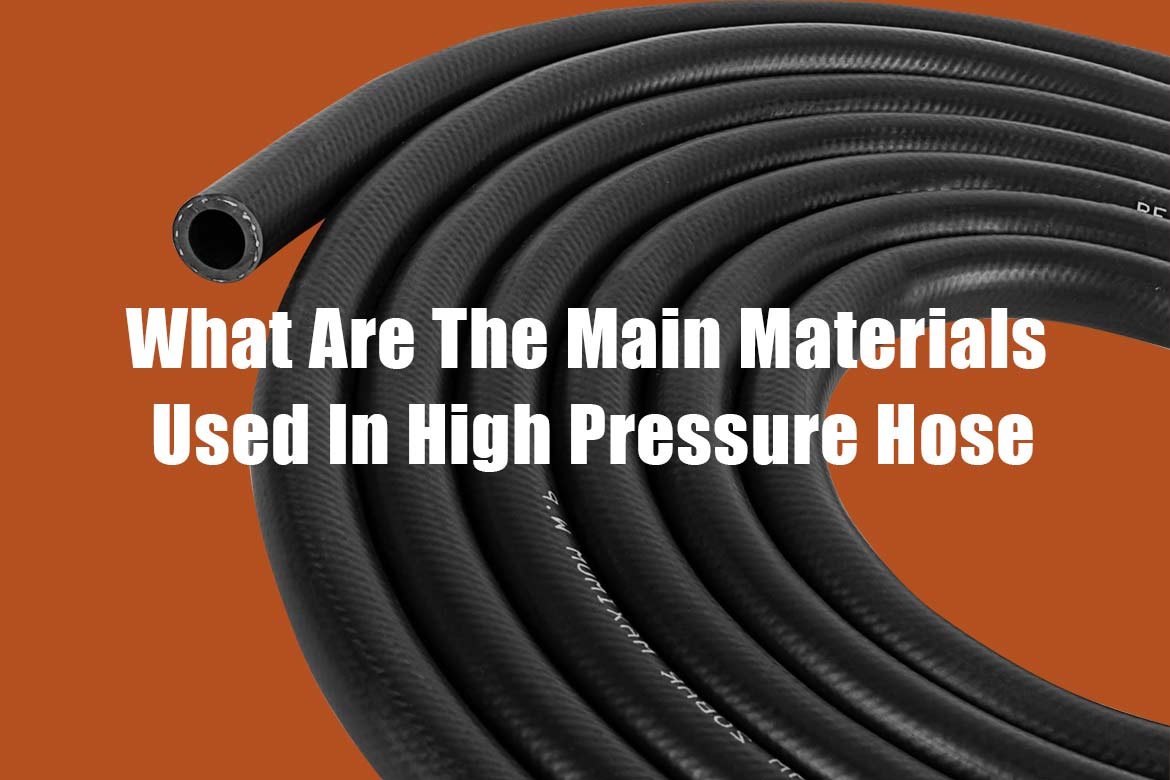Манжетное уплотнение представляет собой разновидность уплотнительного кольца с эффектом самоуплотнения, оно опирается на манжету, чтобы закрыть поверхность уплотнительной части муфты, блокируя канал утечки и получая эффект уплотнения. Рабочее давление манжетного уплотнительного кольца представляет собой сумму силы предварительного сжатия и давления жидкости.
При увеличении давления уплотняемой среды кромка подпирается и плотнее прилегает к уплотнительной поверхности, и уплотнение еще больше усиливается; кроме того, кромка кромки также имеет функцию соскабливания масла, что еще больше повышает уплотнительную способность уплотнительного кольца. Существуют представители уплотнительного кольца кромки, в зависимости от формы сечения их можно разделить на кольца Y-образной формы, кольца V-образной формы, кольца U-образной формы, кольца L-образной формы, кольца J-образной формы, кольца lei и другие типы уплотнений.
Манжетные уплотнения в основном используются в возвратно-поступательных уплотнениях, а также в экструдированных уплотнениях, таких как О-образные уплотнения, по сравнению с возвратно-поступательными уплотнениями, в которых используются манжетные уплотнения, с лучшей общей производительностью и более длительным сроком службы.
Сила сжатия уплотнительного кольца манжеты зависит от изменения давления среды и работает всегда при изменении давления среды, что может обеспечить достаточную силу сжатия уплотнения, но не создавать чрезмерного трения.
Резиновые уплотнения сдавливающего типа в основном полагаются на силу предварительного сжатия для создания уплотнительного усилия, контактное давление уплотнительного кольца задается заранее, и работа не может быть изменена в соответствии с изменением давления среды. Если требования к уплотнению очень большие, то предварительное давление должно быть очень большим, а большое предварительное давление приведет к увеличению контактного напряжения уплотнительного кольца и уплотнительной поверхности и площади контакта, что приведет к большому сопротивлению трения.
Избыточное трение может привести к поломке уплотнения, что приведет к трудностям при запуске при низком давлении или явлениям ползучести. Манжетное уплотнение может компенсировать небольшой износ за счет подпружинивания и деформации манжеты, чтобы обеспечить эффект уплотнения и срок службы уплотнения: и уплотнительные кольца с уменьшением запаса трения, что напрямую влияет на его уплотнение.
Кроме того, кольцевые уплотнения в уплотнении возвратно-поступательного движения легко подвержены кувыркам, скручиваниям и другим явлениям, в то время как у манжетных уплотнений явления кувырканий и скручивания менее очевидны.
По сравнению с кольцевыми уплотнениями, уплотнительная манжета Основным недостатком является то, что можно выполнять только однонаправленное уплотнение, если вы хотите использовать его как двунаправленное уплотнение с двумя уплотнениями, что приведет к увеличению длины уплотнения; трудности проектирования канавок, и между двумя уплотнениями будет образовываться захваченное масло, что приведет к повреждению противодавления; и предварительно нагнетаемые уплотнения с формой сечения левой и правой симметрии, могут использоваться как двунаправленное уплотнение, меньший объем, конструкция канавок проста.
На основании приведенного выше сравнения, в случае допуска небольшой утечки, экструдированные уплотнения могут уменьшить размер канавки; а в случае высоких требований к эффективности уплотнения, использование манжетные уплотнения с лучшей общей производительностью. Функция герметизации заключается в предотвращении утечки, а эффективное предотвращение утечки является основным требованием к уплотнительным устройствам. Герметизация отражает уровень контроля утечки.
Для уплотнений движения трение является важным фактором, связанным с качеством движения. Уплотнение и трение всегда находятся в напряжении друг с другом. В общем, увеличение производительности уплотнения приводит к увеличению трения, что напрямую приводит к снижению способности и качества движения; а трение ускоряет износ уплотнения.
Трение также может быть основным компонентом нагрузки систем низкого давления. Сопротивляемость уплотнения отражает высокое давление рабочей среды, которое может быть уплотнено, что является важным показателем гидропневматического уплотнения.
Основные требования к манжетному уплотнению можно обобщить следующим образом.
1) эффективность уплотнения.
2) фрикционные характеристики.
3) сопротивление давлению.
4) жизнь.
5) Производительность установки.
6)Экономия.
Вышеуказанные характеристики уплотнения, характеристики трения и стойкость к давлению являются независимыми характеристиками, сочетание этих трех свойств уплотнений позволяет получить комплексную производительность; комплексная производительность времени удержания является сроком службы уплотнений; фактическая конструкция производительности установки и экономичность также должны быть важным показателем.
Комплексная эффективность уплотнения связана не только с эффективностью самого уплотнения, но и с несколькими условиями, связанными с использованием уплотнений, поэтому при проверке эффективности уплотнения необходимо не только оценить эффективность самого уплотнения или комбинации уплотнений, известную как эффективность мономера, но и оценить эффективность уплотнения в гидравлических и пневматических компонентах после фактической эффективности уплотнения, известной как фактическая эффективность уплотнения.
Характеристики мономера резинового уплотнителя имеют следующие характеристики:
1. Резиновое уплотнение трения
Трение связано с производительностью характеристик движения, движение трения уплотнения, делится на статическое трение (стартовое трение) и кинетическое трение (трение скольжения) два вида трения. На трение влияют шероховатость поверхности скольжения, скорость скольжения и рабочее давление, состояние смазки уплотнения, время и многие другие факторы, легко производящие большие изменения.
Расчет трения более сложен и должен быть получен экспериментальным путем. Статическое трение зависит от множества факторов, погрешность измерения относительно велика, а измеренное значение может использоваться только в качестве справочного. По сравнению с ним динамическое трение может получить более стабильное и важное значение измерения.
2. Износостойкость
Износостойкость — это срок службы уплотнения, характеризующийся высокой ударопрочностью и фрикционными характеристиками, на него влияет множество факторов. Особенно в пневматических уплотнениях состояние смазки плохое, и износостойкость стала основным показателем срока службы. Для уплотнений из синтетического каучука или синтетической смолы износостойкость материала может оценить износостойкость уплотнения.
Но не обязательно полностью соответствует результатам фактического использования уплотнения, поскольку существует множество факторов, влияющих на износ при использовании. Так что оценка износостойкости уплотнительных изделий, для уплотнения фактического использования компонентов в износостойкости имеет большее значение.
3. Устойчивость к эксцентриситету
В динамическом уплотнении поверхность соединения компонента допуска посадки создаст зазор. Этот зазор в случае нагрузки и вибрации вызовет эксцентриситет вала, что повлияет на эффективность уплотнения. По этой причине уплотнения также должны обеспечивать достаточную компенсационную эффективность для такого эксцентриситета.
Кроме того, при низких температурах эластичность уплотнений из синтетического каучука снижается, что приводит к снижению способности компенсировать эксцентриситет толкателей; чем ниже температура, тем серьезнее это явление, поэтому эксцентриситет также может отражать эффективность уплотнения при низких температурах.
4. Контактное напряжение
Уплотнения полагаются на определенное контактное напряжение для обеспечения герметизации, уплотнения в условиях деформации должны обеспечивать достаточную силу упругости. Контактное напряжение определяет форму масляной пленки, эффективность уплотнения и трения, спортивные характеристики имеют контрольное значение.
Уплотнения следует проверять на предмет их фактической эффективности.
1. Герметичность
Уплотнительная способность является важным требованием к уплотнениям и уплотнительным устройствам. Утечка в уплотнении является мерой показателей уплотнительной способности. Уплотнительная способность — это не только уплотнения, но и различные уплотнительные установки, а также уплотнение поверхности сопряжения различных элементов комбинации всего уплотнительного устройства.
2. Сопротивление эксцентриситету
Здесь рассматривается фактическое истирание зазора и применяется определенное сопротивление эксцентриситету эксцентричной нагрузки.
3.Трение (низкое рабочее давление)
Фактическое применение трения — это размер низкого рабочего давления для оценки. Для возвратно-поступательных уплотнений пусковое трение больше, чем кинетическое трение, более сложное и влияет на производительность запуска. Трение уплотнения измеряется низким пусковым давлением, что имеет практическое значение. Поэтому динамическому уплотнению обычно задается низкое рабочее давление.
4. Комплексное исполнение
Комплексные требования к производительности уплотнительного устройства в указанных условиях эксплуатации, чтобы соответствовать вышеуказанным требованиям к производительности и работать в течение определенного времени, поэтому этот показатель также отражает, что уплотнение, как правило, рассчитано на низкое рабочее давление.
Выше приведены основные сведения о пружинных уплотнениях. Если у вас есть какие-либо потребности в уплотнениях или шлангах, свяжитесь с нами. Крис Чжоу (zhou@sterubb.com)Мы являемся профессиональным экспортером промышленных уплотнений и шлангов.




